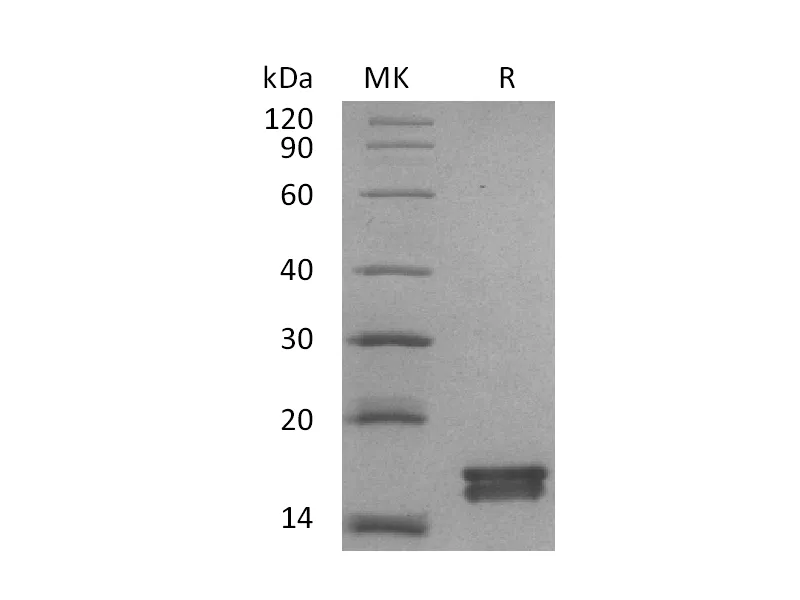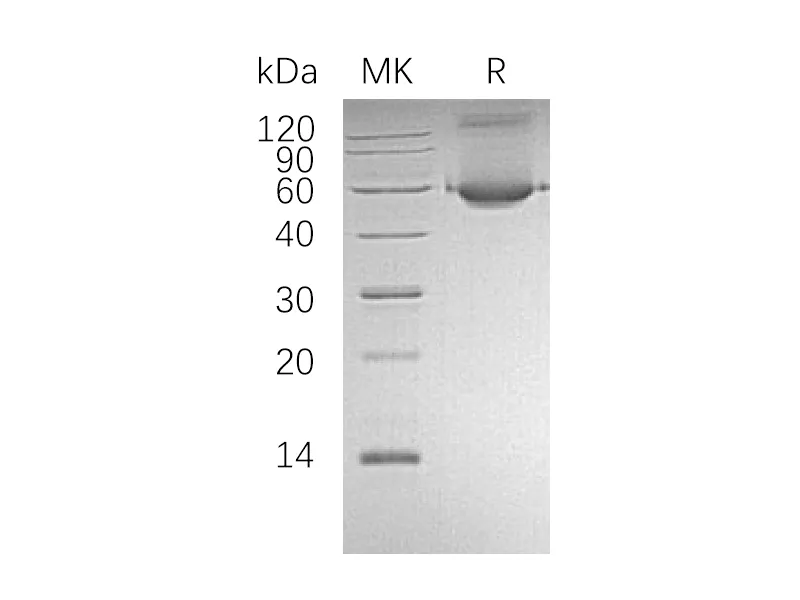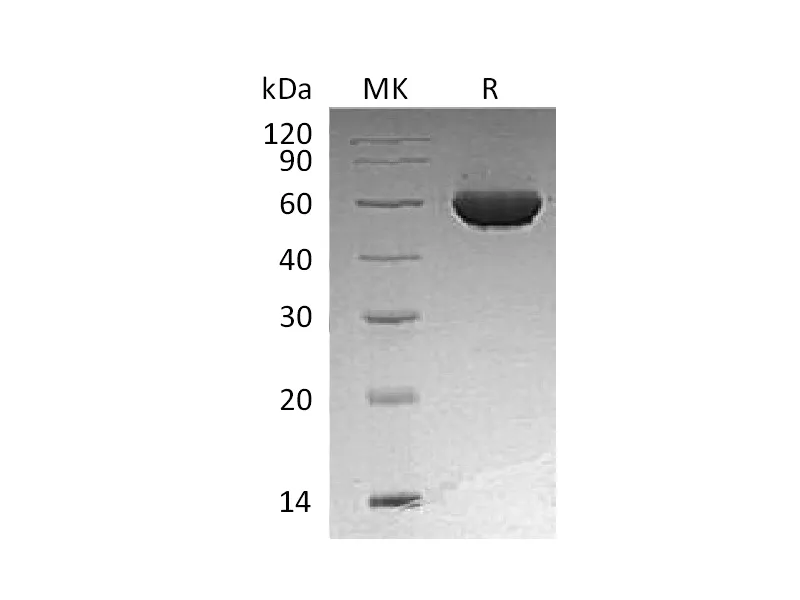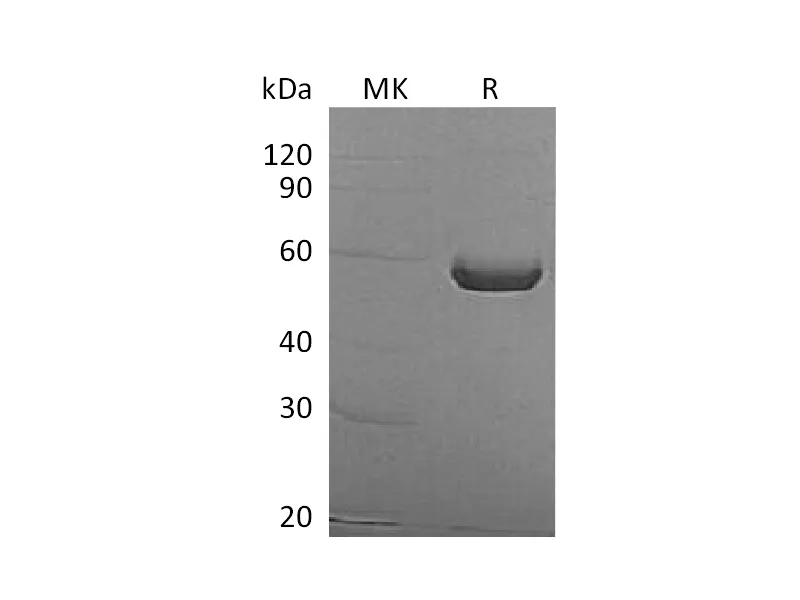Alternative Names
Glial Fibrillary Acidic Protein; GFAP
Background
Glial Fibrillary Acidic Protein (GFAP) is an intermediate filament (IF) protein which belongs to the intermediate filament family. GFAP is expressed in numerous cell types of the central nervous system (CNS), ependymal cells and phosphorylated by PKN1. GFAP, a class-III intermediate filament, is a cell-specific marker during the development of the central nervous system and distinguishes astrocytes from other glial cells. It is closely related to its non-epithelial family members, vimentin, desmin, and peripherin, which are all involved in the structure and function of the cell’s cytoskeleton. GFAP is thought to help to maintain astrocyte mechanical strength, as well as the shape of cells but its exact function remains poorly understood.
Note
For Research Use Only , Not for Diagnostic Use.




